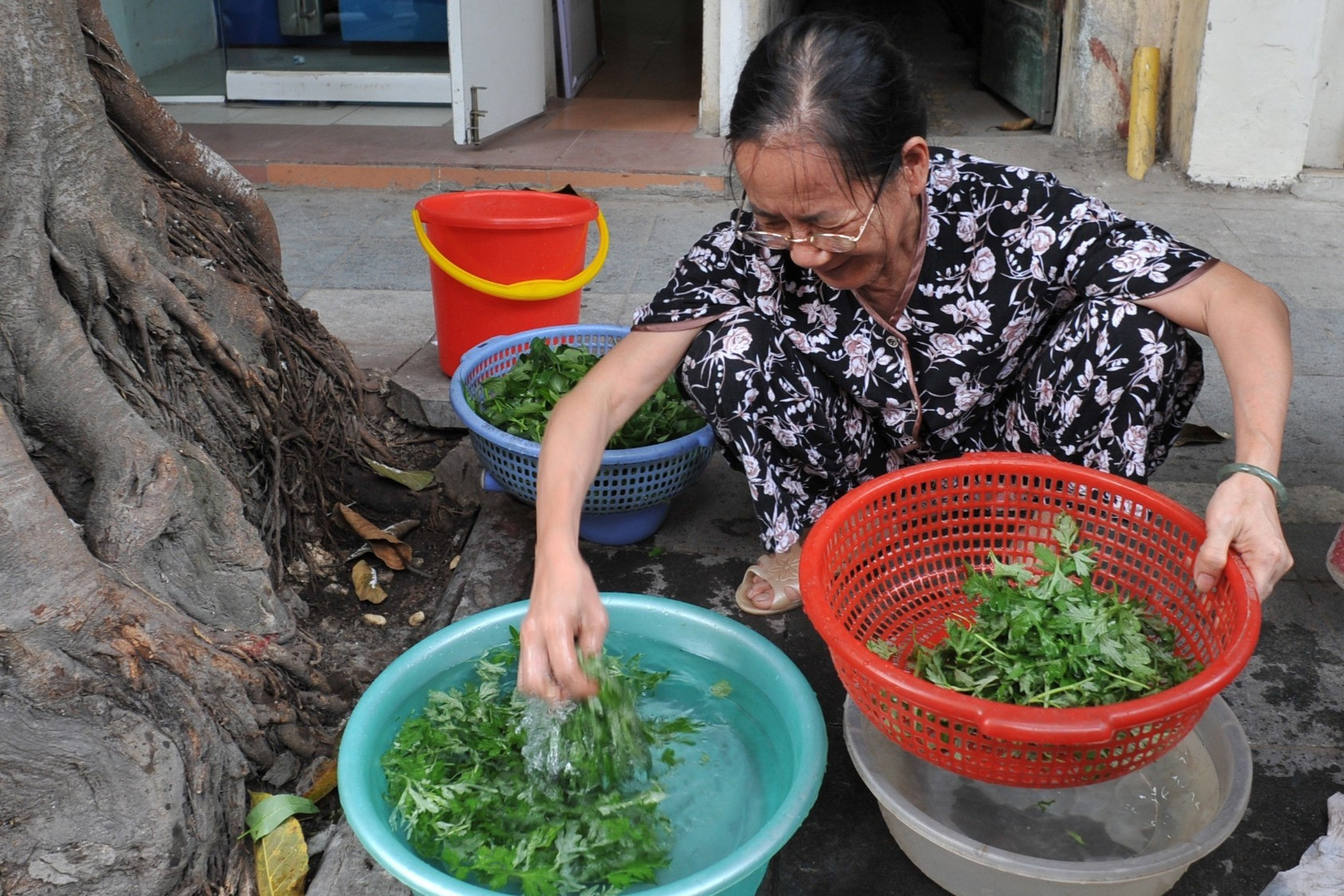
One of the greatest challenges for the country is its rapidly aging population.
“From 2038, Vietnam will begin the aging population period,” said Le Thanh Dung, head of MOH’s Department of Population.
This "aging population" period occurs when the number of people over 60 accounts for 10 percent of the total population, or the number of people over 65 accounts for 7 percent.
An "old population" is when the number of people aged over 60 account for 20 percent of the total population, or the number of people aged over 65 accounts for 14 percent.
In 2009, there was one person aged 60 or over for every 11 people. The ratio is expected to be 6 to 1 by 2029 and 5 to 1 by 2038.
“Vietnam’s aging will increase more rapidly in the next two decades,” said Prof Giang Thanh Long, a senior expert on population and development from the National Economics University (NEU).
The aging index, based on the ratio of elderly to 100 children aged below 15, is now at 53.1 percent. This means there are 53.1 elderly people for every 100 children aged below 15. The index is expected to surpass the 100 threshold by 2032.
In 2019, according to experts, no city or province had more elderly people than children. But in 2029, this will no longer be the case in 14 cities and provinces, and in 2039, in 41 cities and provinces.
According to MOH, many countries need dozens or hundreds of years to see the proportion of elderly people increase from 10 percent to 20 percent. Vietnam has joined the group of countries with the fastest aging growth rates, similar to the rates in Thailand, South Korea, Japan, Singapore and China.
Health concerns
Experts say that an aging population is inevitable in countries where the number of old people is increasing rapidly and the fertility rate is dropping.
In Vietnam, the average life expectancy has been increasing rapidly and is much higher than the world’s average increase.
Within 56 years (1960-2016), Vietnamese average life expectancy rose by 29 years, from 44.4 to 73.4. In 2023, the figure was 74.5, higher than many other countries with the same income per capita, according to Minister of Health Dao Hong Lan.
Life expectancy is even higher, 76 years, in certain localities such as HCM City, Dong Nai, Da Nang, and Ba Ria – Vung Tau.
Though life expectancy has increased, the number of healthy years is modest, just 65, according to MOH.
Each Vietnamese person will have health conditions or disease for 10 years of his or her life. Each elderly person in Vietnam has 2-3 underlying conditions.
The special characteristic of Vietnam’s population is that the aging population period and the golden population period (when the proportion of working age people is high) are occurring almost at the same time.
In 2023, every seven people of working age could support one elderly person. The figure is expected to fall to three people of working age by 2036 and to two by 2049.
Elderly caregiving
Dr Nguyen Trung Anh, Director of the National Geriatric Hospital, said on average, each elderly person may have three diseases, such as diabetes, hypertension, osteoarthritis, Parkinson's or dementia. These are all chronic diseases which need long-term treatment and regular medical care.
MOH, the agency drafting the law on population, cited the national census as reporting that Vietnam has over 16.1 million elderly people, or 16 percent of the population. However, this 16 percent represents over 50 percent of total treatment costs annually. In general, the treatment cost for the elderly is 10 times higher than that for younger people.
The number of facilities providing caregiving services to the elderly in Vietnam remains modest, and the service fees are high. There are 24 nursing homes in HCM City, either privately owned or state-owned.
Vo Thu